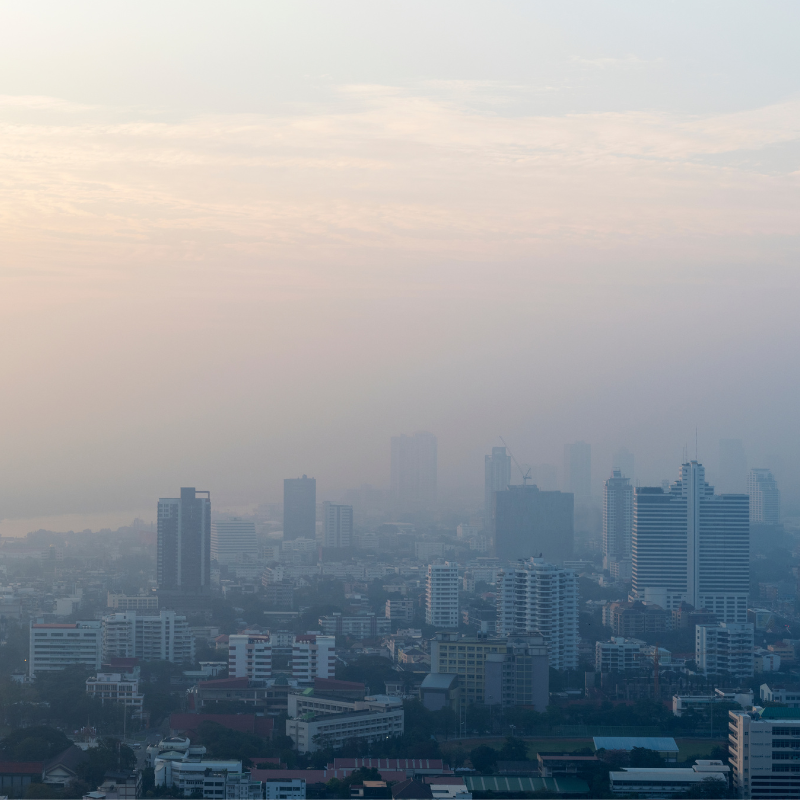By David Furman, Johan Auwerx, Anne-Laure Bulteau, George Church, Virginie Couturaud, Laure Crabbe, Kelvin J. A. Davies , Anabelle Decottignies, Vadim N. Gladyshev, Brian K. Kennedy, Nicola Neretti, Carine Nizard, Karl Pays, Daisy Robinton, Vittorio Sebastiano, Rachel E. B. Watson, Meng C. Wang & Knut Woltjen
Accumulating evidence indicates that biological aging can be accelerated by environmental exposures, collectively called the ‘exposome’. The skin, as the largest and most exposed organ, can be viewed as a ‘window’ for the deep exploration of the exposome and its effects on systemic aging. The complex interplay across hallmarks of aging in the skin and systemic biological aging suggests that physiological processes associated with skin aging influence, and are influenced by, systemic hallmarks of aging. This bidirectional relationship provides potential avenues for the prevention of accelerated biological aging and the identification of therapeutic targets. We provide a review of the interactions between skin exposure, aging hallmarks in the skin and associated systemic changes, and their implications in treatment and disease. We also discuss key questions that need to be addressed to maintain skin and overall health, highlighting the need for the development of precise biomarkers and advanced skin models.Aging and disease are the result of a gradual functional decline of an organism’s physiology. The common denominators of aging in dif-ferent organisms were defined in 2013 as the ‘hallmarks of biological aging’1. An updated and expanded version of these ‘hallmarks of aging’ incorporated the knowledge gained in the field over the past decade2, resulting in 12 tightly interconnected hallmarks of aging, emphasizing the holistic nature of the aging process and the imperative to study these as a whole (the ‘geroscience’ theory).




